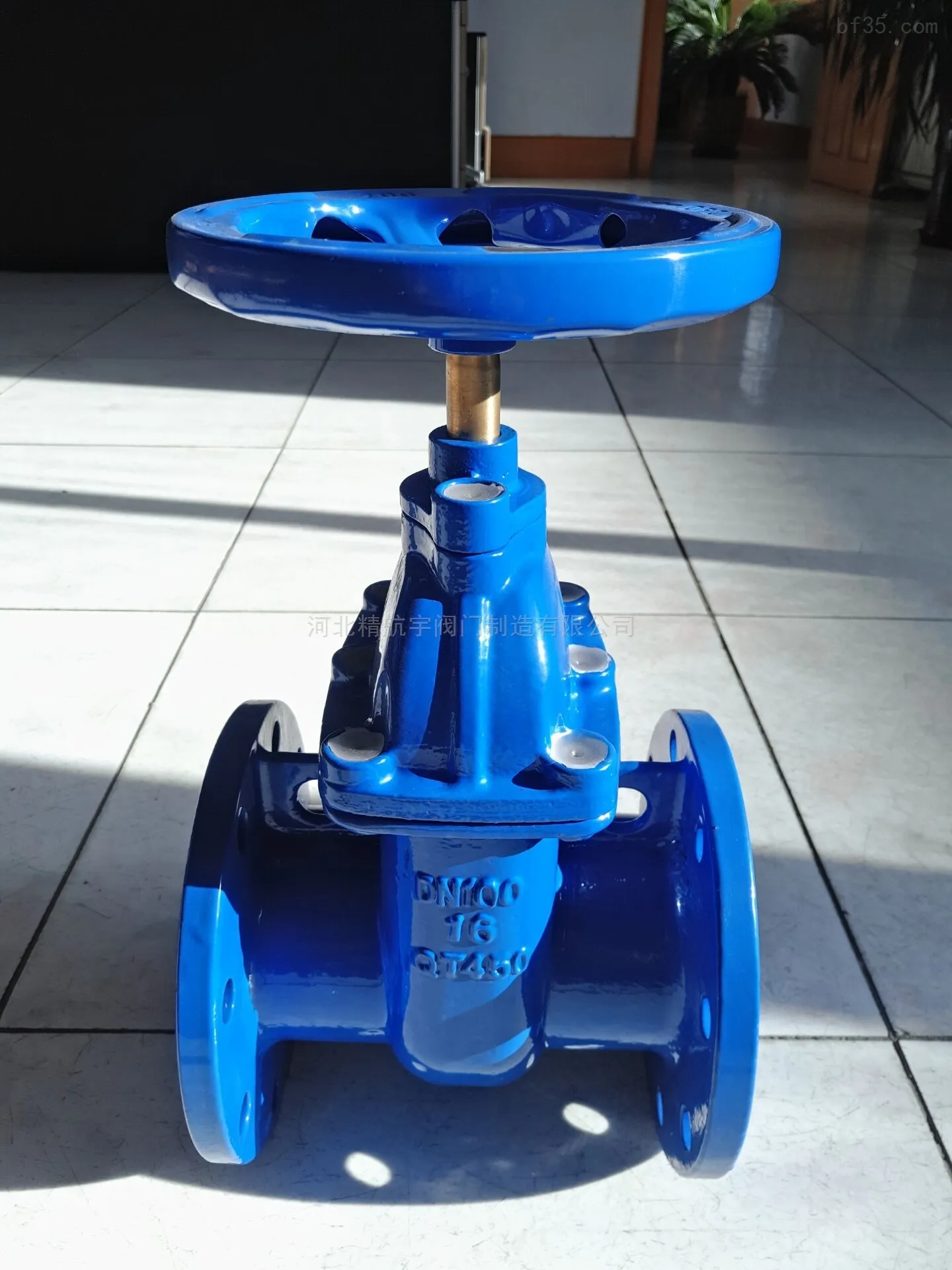12 月 . 04, 2024 15:58 Back to list
Turn Off the Water Supply Valve to Prevent Leaks and Flooding Issues
Understanding the Importance of Shutting Off Your Water Valve
When it comes to home maintenance, one of the most crucial yet often overlooked aspects is knowing how to shut off your water valve. This simple action can save you from extensive water damage and costly repairs in the event of a leak or pipe burst. In this article, we will explore the significance of being familiar with your water shut-off valve, the steps to locate and operate it, and some additional tips to help ensure your home remains safe from water-related disasters.
The Importance of the Water Shut-Off Valve
The main function of the water shut-off valve is to control the flow of water into your home. In emergency situations, such as a burst pipe or unexpected leak, quickly shutting off the water supply can significantly minimize damage. Water can seep into walls, flooring, and personal belongings, leading to mold growth, structural damage, and expensive repair bills. Thus, understanding how to effectively locate and operate this valve is essential for every homeowner.
Locating the Shut-Off Valve
The water shut-off valve is usually located near where the main water line enters your home. This could be in a basement, crawl space, or even outside if your home is built on a slab. Here are some common places to check
1. Basement or Crawl Space If you live in a house with a basement or crawl space, the valve is likely located close to the foundation wall, near the water heater or washing machine.
2. Utility Room Many homes have a utility room where plumbing lines are grouped together. Inspect these areas for the valve.
3. Outside For homes without basements, the shut-off valve may be located outside. Look near the foundation or within a protective box.
Once you locate the valve, it’s a good idea to keep it clear of any obstructions. Regular checks will also help you ensure that it remains operational.
shut off water valve

How to Shut Off the Water Valve
Operating the shut-off valve is typically a straightforward process. Here are the steps to follow
1. Identify the Type of Valve There are two common types of valves gate valves and ball valves. A gate valve usually has a round wheel handle that you turn clockwise to shut off the water. A ball valve, on the other hand, has a lever that you simply turn 90 degrees.
2. Turn Off the Valve For a gate valve, rotate the handle clockwise until it stops. For a ball valve, move the lever until it is perpendicular to the pipe.
3. Check for Leaks After shutting off the valve, check your faucets and toilets to ensure that the water flow has stopped. This confirms that you have successfully closed the valve.
Additional Tips for Homeowners
- Periodic Testing Regularly test your shut-off valve to ensure it is functioning correctly. Time can cause it to become stiff or corroded, so periodic operation is important. - Emergency Preparedness Keep a flashlight nearby the valve location in case of emergencies occurring during the night.
- Inform Household Members Make sure that everyone in your household knows the location of the water shut-off valve and how to operate it. This can be crucial in the event of a sudden plumbing issue.
- Label Your Valves If you have multiple shut-off valves in your home, consider labeling them for easy identification.
Conclusion
Being knowledgeable about your water shut-off valve is not just a good practice; it can be a lifesaver in critical moments. In addition to preventing extensive water damage, it also empowers you to take immediate action when faced with a plumbing emergency. By knowing where your shut-off valve is and understanding how to operate it, you can protect your home and your valuables from the destructive power of water. Remember, prevention is always better than cure, and a few minutes spent familiarizing yourself with this crucial component of your home can save you time, money, and stress in the long run.
-
Y Type Strainers: A Comprehensive GuideNewsOct.18,2024
-
Understanding Water Valve Options for Your NeedsNewsOct.18,2024
-
Functions and TypesNewsOct.18,2024
-
An Essential Component for Fluid SystemsNewsOct.18,2024
-
Adjustment and ReplacementNewsOct.18,2024
-
Slow Closing Check Valves: A Key Component in Fluid SystemsNewsOct.08,2024
Related PRODUCTS









